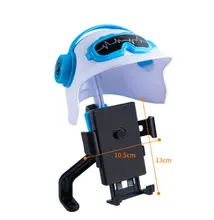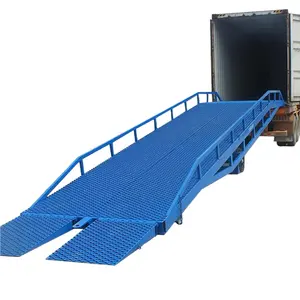상위 카테고리

컴퓨터 하드웨어 및 소프트웨어

일반 액세서리 및 부품

프레젠테이션 장비

사용 전자

기타 가정용 전자제품

충전기 배터리 및 전원

휴대폰 및 액세서리

비디오 게임 및 액세서리

휴대용 오디오, 비디오 및 액세서리

카메라, 사진 및 액세서리

가정용 오디오, 비디오 및 액세서리

전자 간행물

VR, AR, MR 하드웨어 및 소프트웨어

이어폰 및 헤드폰

스피커 및 액세서리

스마트 기기
About products and suppliers
Alibaba.com은 234 360 학위 평판 구조차 견인 트럭 상품을 제공합니다. 다양한 360 학위 평판 구조차 견인 트럭 옵션을 선택할 수 있습니다. 예: 디젤. 수동, 자동 360 학위 평판 구조차 견인 트럭 등을 선택할 수 있습니다. 유로 3, 유로 4, 유로 5 360 학위 평판 구조차 견인 트럭 등도 선택할 수 있습니다.360 학위 평판 구조차 견인 트럭 lhd, 왼손잡이등도 가능합니다.
























 浙公网安备 33010002000092号
浙公网安备 33010002000092号 浙B2-20120091-4
浙B2-20120091-4